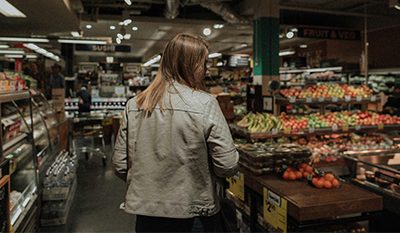
Almost one in three Australians are struggling to get by on their current income, leaving them increasingly distressed and disenchanted with the country’s direction, a new study has found. Source: Canberra Times.
More than 30 per cent of people are finding it difficult or very difficult to live on their current income, with the financial pain deepest among those 54 years and younger, particularly those renting or with a mortgage, according to the Australian National University poll of 4200 people taken in August.
The report’s authors, Nicholas Biddle and Matthew Gray, said financial distress was now higher than at any time since February 2020, and was being felt particularly by those on low and middle incomes as well as those from disadvantaged groups such as Aboriginal and Torres Strait Islander people.
Those aged 35 to 54 years reported being under the greatest financial stress, followed by those 34 years and younger, while anxiety about finances was lowest among the plus-75s.
The findings, coming less than a week after the release of the Commonwealth Government’s Intergenerational Report, are likely to sharpen the focus on age disparities in wealth and opportunity, particularly in the areas of housing and taxation.
The ANU study found that renters were under the greatest financial stress, with almost 16 per cent reporting it was very difficult to make ends meet, compared with 8.9 per cent of mortgage holders and less than 5 per cent who owned their own home.
Tellingly, the report finds that after-tax household income, adjusted for inflation, has declined since before the pandemic, highlighting the destructive effect of rising prices on material wealth and wellbeing.
The researchers reported that levels of psychological distress had soared earlier this year to levels not seen since the delta wave of the pandemic and had remained there.
FULL STORY
Living cost struggles drive high anxiety (By Adrian Rollins, Canberra Times)






